Today’s performance SUVs and sedans have become a bit shouty about their purpose. Whether brightly colored accents, enormous calipers, or aerodynamic elements, they’re not very “under the radar.” But if you look beyond those models, or rather, below them, you can find a surprising crop of vehicles with just as much power potential. Stuffed into the middle trims are highly capable power plants wrapped in relatively standard-looking vehicles that make up the perfect basis for an automotive ambush. Check out the newest generation of European sleepers.
2012-2018 Audi C7 A6 3.0T
Stock Power :
- 310hp & 325 lb-ft (2012-2015 C7)
- 333hp & 325 lb-ft (2016-2018 C7.5)
Modified Potential:
- 520~hp & 430lb-ft
The Audi A6 has long been a quality choice for a European full-size sedan. Each generation offers a few engines and a range-topping S model that handles performance duties. Though, for the C7 generation, the A6 is as close as ever to the S6, sporting the engine from the B8 S4 paired with a bulletproof and quick-shifting transmission. Fantastic looks aside, the C7 A6 is a highway-eating monster waiting to be unleashed by a few bolt-on parts and a simple ECU tune.
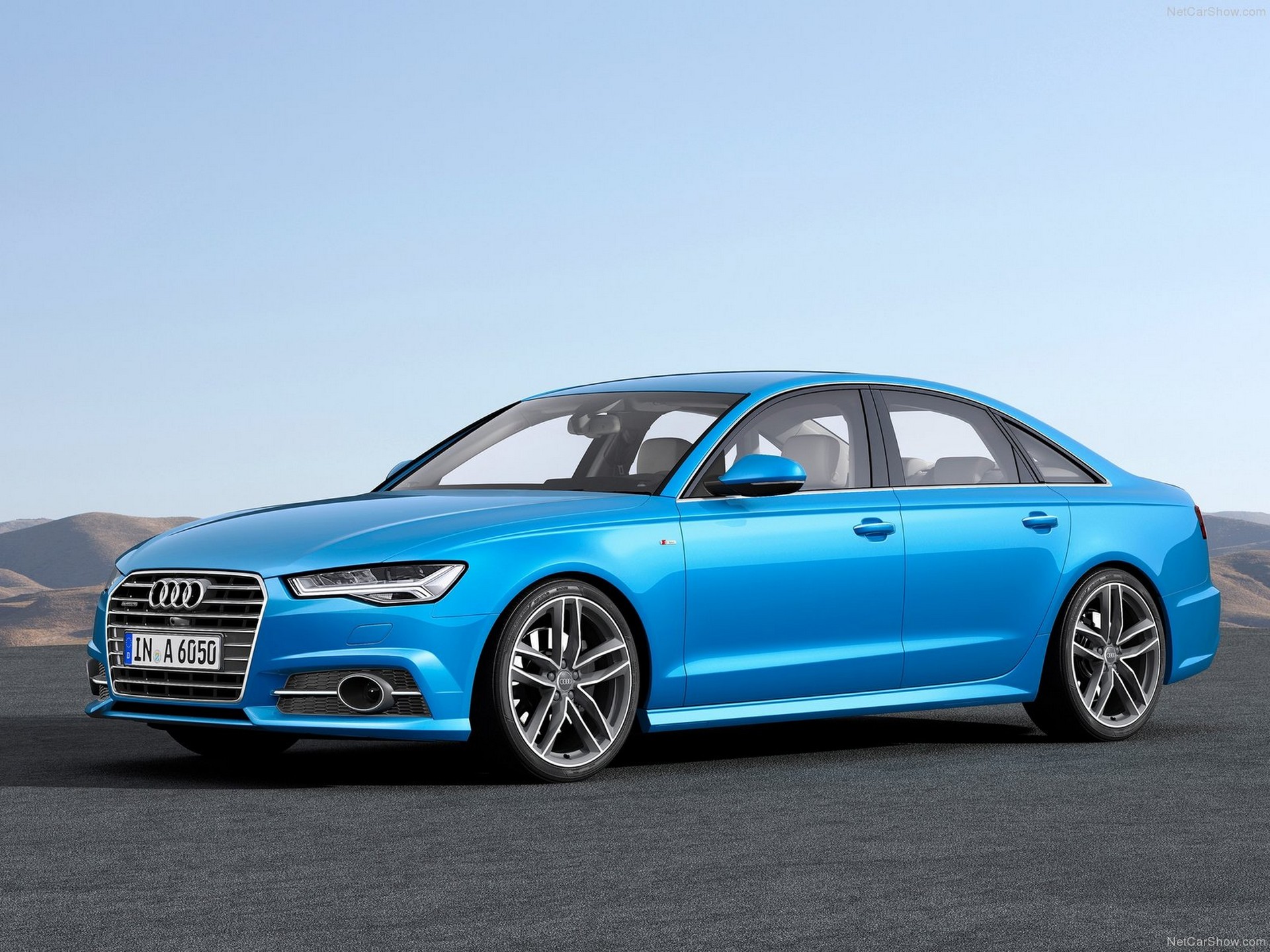

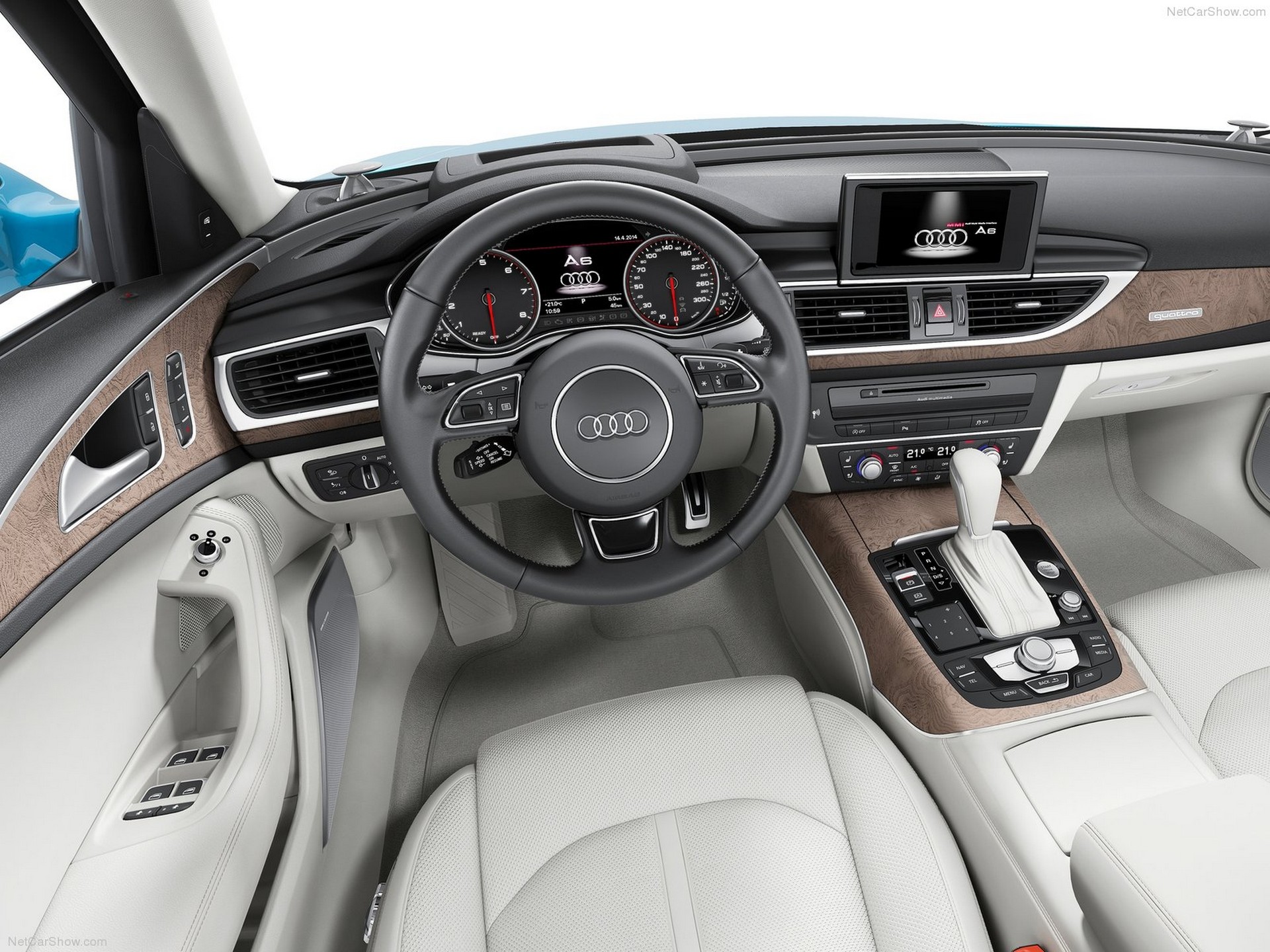
Key to the C7 A6’s brilliance is its whiny heart, the EA837 3.0L V6 blown by an Eaton TVS supercharger. It had been since the days of the Auto Union GP cars that an Audi vehicle featured a supercharger, but the 3.0t’s debut in 2009 brought the blower back. It seemed odd at the time of production, as most manufacturers went the way of the turbocharger, but all of Audi’s engineering designs were executed to near perfection, culminating in one of the most reliable modern VAG engines to date. Near the end of the C7’s run, the engine was being phased out but received a final update for the facelifted C7.5 models, called the CREC, and that’s the best of them all.
The 3.0t engines use direct fuel injection and a twin-screw supercharger that combine for solid power figures—310hp and 325 lb-ft of torque—and around 30mpg on the highway. However, the later CREC engines feature a host of updates, like a revised supercharger, iron cylinder liners, a new timing chain system, higher compression, and port injection, that gives them a few extra hp (333hp) and a stronger base for modification. Regardless, flashing a 3.0t ECU with a modified tuning file will shove the power figures in the right direction for little money, relatively speaking.
“Stage 1” tunes from trusted companies like Unitronic and 034Motorsports will raise peak horsepower into the 390-410 range without requiring other modifications. Performing a simple pulley swap and moving to a “Stage 2” tune can add another 50 hp and bring the torque figure to nearly 400 lb-ft—on 91 octane pump gas. Using higher octane race gas or the CREC’s port and direct injection to run E85 will boost those figures even higher, quietly putting the A6 in striking distance from many performance-oriented sedans. Freer-flowing exhausts and larger intercoolers can be involved mods but will also improve upon reliability. Yet, the 3.0t wouldn’t be much to mess with if the ZF 8HP automatic transmission behind it wasn’t so brilliant.
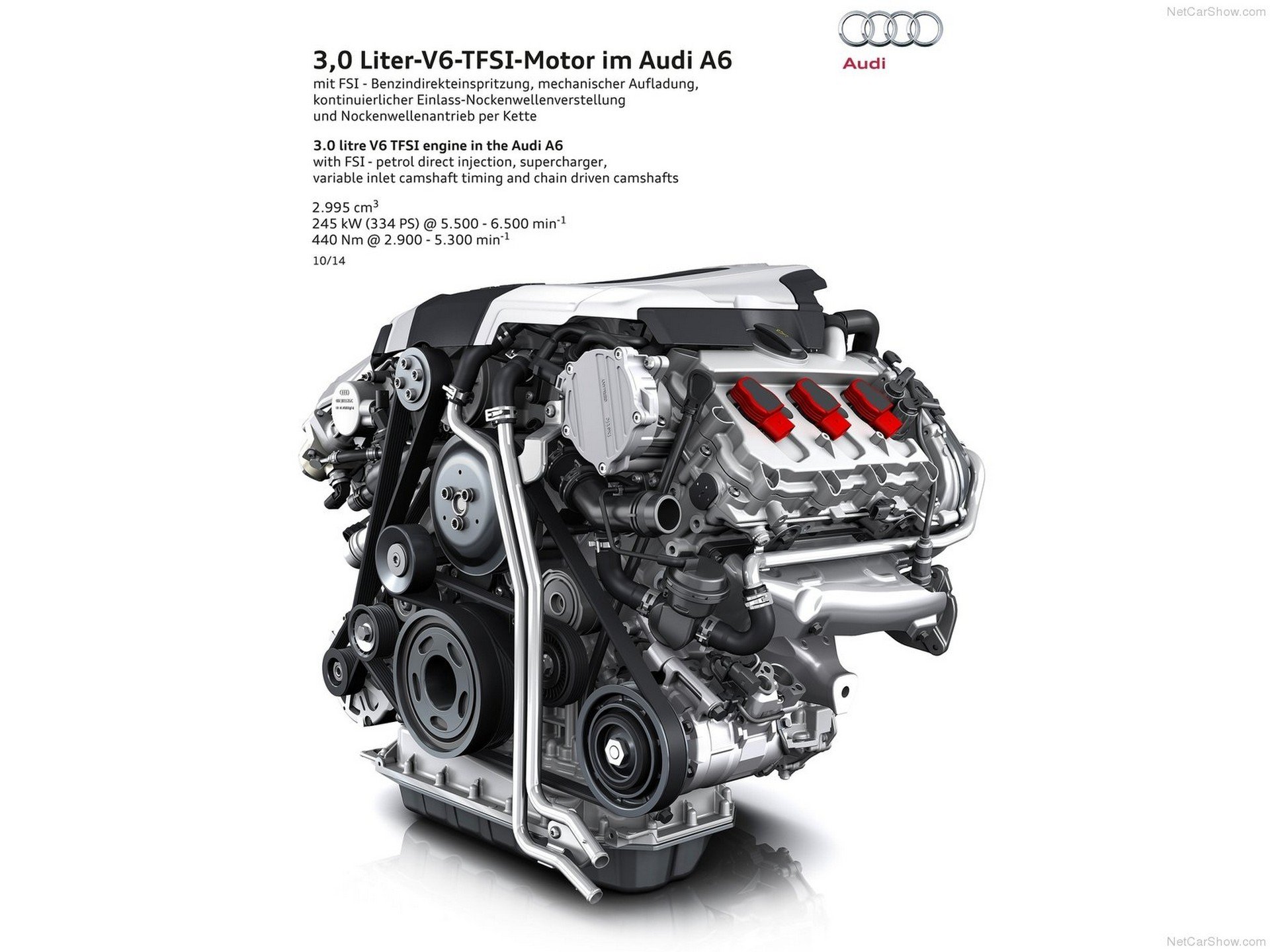
At a time when it seemed like the dual-clutch would take over, ZF’s eight-speed masterpiece became the quick-shifting, ultra-reliable ‘box many manufacturers were looking for. In the A6, it’s clear that the specific gearing is meant more for fuel economy than sporting purposes, but flashing the TCU with a tune from those same companies will wake it right up. Although the companies differ, they offer increased torque limits, raised shift points, advanced launch control, and quickened shifts. Altogether, owners with tunes and some bolt-ons have seen repeated low-12 second quarter mile times.
So, what will this all run you? Well, the C7 can be had for little money relative to its potential. High-mileage early models are solidly in the low teens, while a facelifted model sits closer to the middle. Sub-100,000 C7.5s are just about $20,000, depending on options and the seller. Add about $4000 in software and bolt-on parts, and you’ll have a sleek and comfortable sedan with enough grunt to push you through the driver’s seat.
2016-2021 Mercedes W213 E400/450
Stock Power :
- 328hp & 350 lb-ft (E400)
- 362hp & 370 lb-ft (E450)
Modified Potential:
- 550-600hp & lb-ft
Mercedes has had a full lineup of high-performance sedans and wagons for the last three decades, thanks to AMG. Snarling supercharged V8s and enormous twin-turbo V12s defined an era while milder and smaller engines supported the non-AMG trims. However, around a decade ago, the switch to turbochargers and direct injection forced the non-AMG engines to adapt to the times, inadvertently creating a tough and modification-happy twin-turbo engine available in a standard E-Class perfect for considerable power and ultimate comfort on a budget.
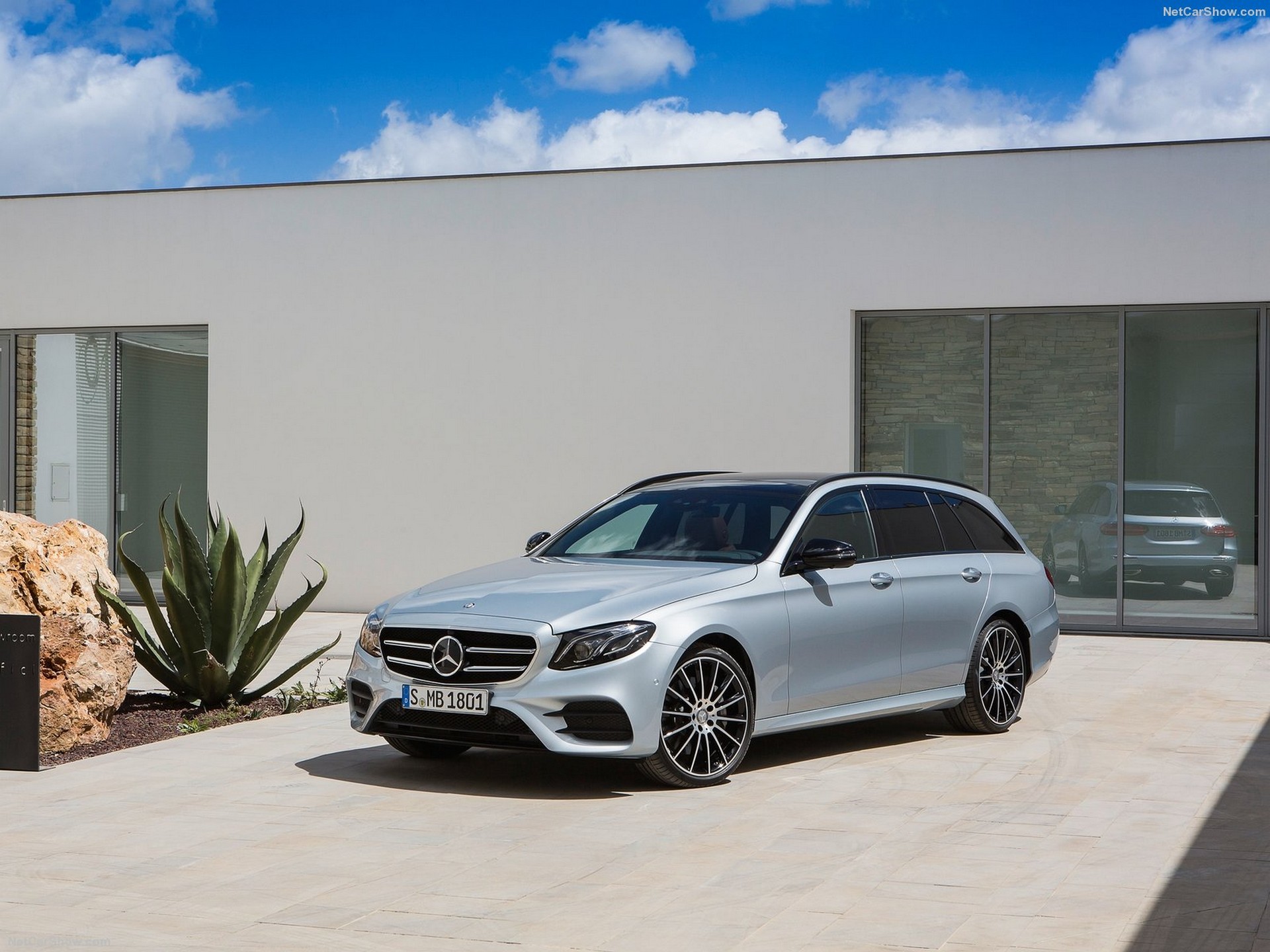
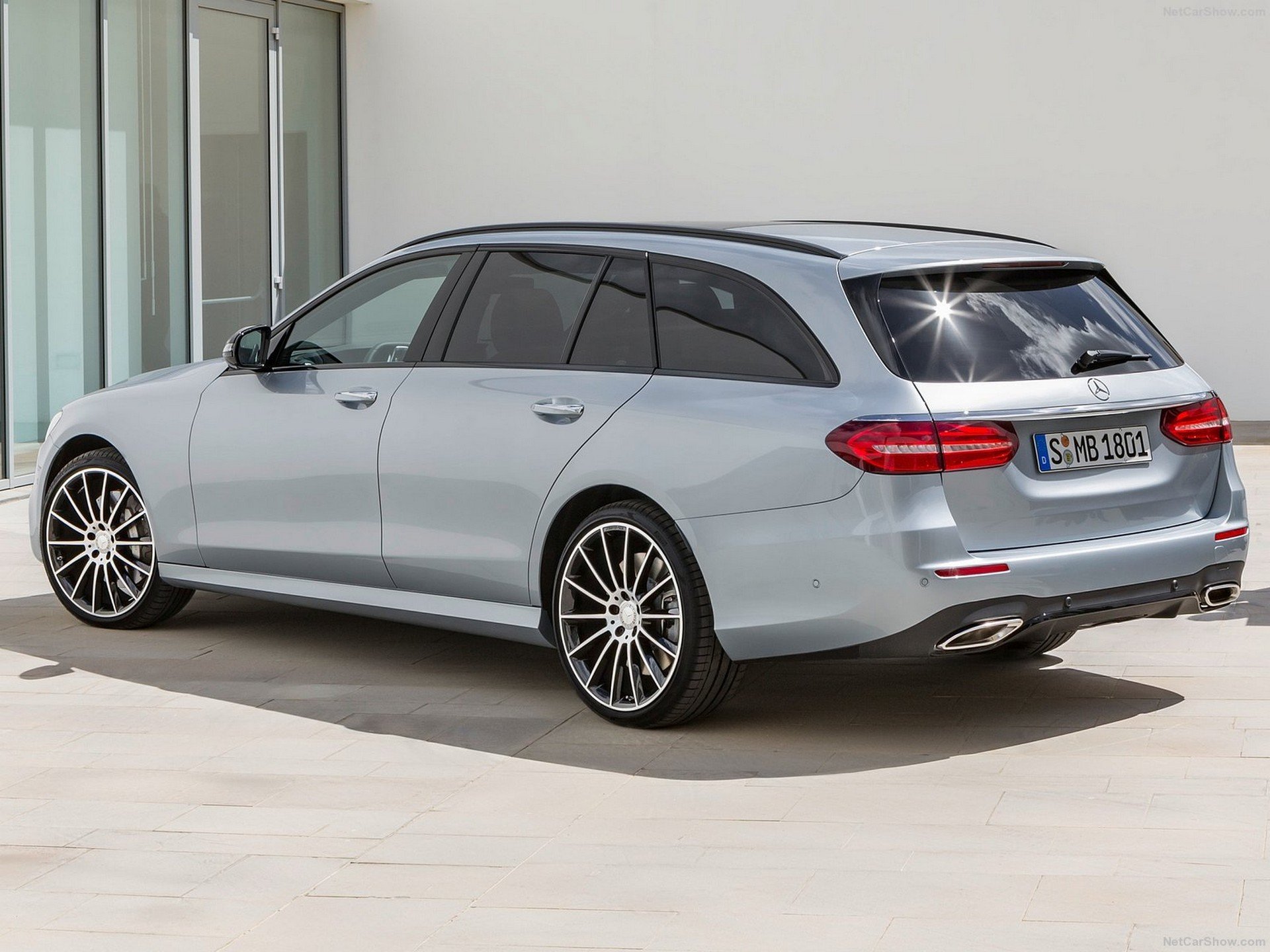
The W213 is the culmination of decades of engineering progress toward making the most refined full-size luxury sedan on the market. It’s hard to argue with how they’ve moved forward, as the E-Class has excelled in its market with every update. Across coupe, sedan, cabriolet, and wagon body types, buyers were given several trims and a metric ton of options to spec the car to individual tastes. Among them were a few powertrain choices, and one, in particular, can make any W213 real bruiser.
Somewhere towards the middle of the greater E-Class range, the E400 and E450 pack a twin-turbo 3.0L V6, or the M276DE30LA in Mercedes’ terms. Although it was the company’s first crack at that kind of engine, it has quickly become an easy source of speed under the Mercedes banner. Out of the box, the E450 makes slightly more power than the E400—362/384 hp and torque vs. 328/350, respectively—but both offer near-identical platforms for tuning. As with any modern vehicle, an ECU tune is the place to start, and this engine's performance gains are ridiculous. “Stage 1” tunes from RennTech or Weistec have 40-60 hp gains and 70-100 lb-ft gains without any other modifications. Spend a little extra to free up the exhaust, and you can almost double the ECU-only power gains. I’m talking AMG-level power for far less and an AMG model. With aftermarket turbochargers, you'll be scraping the 600 range.
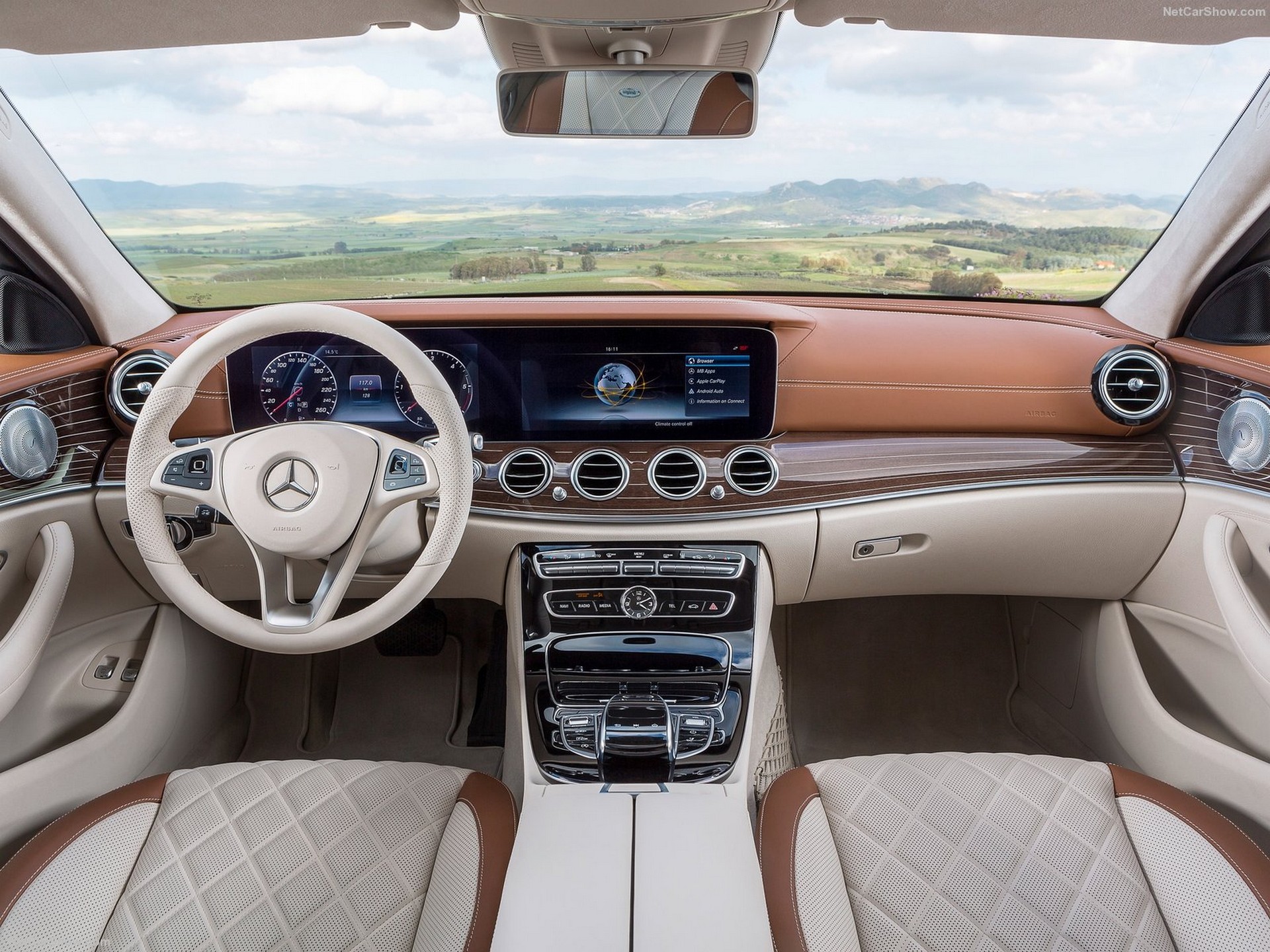
Once you have all that power, you’ll need to put it down. All W213 E400/450 models sport the 725.0 9G-Tronic automatic, Mercedes’ latest gearbox. In the same way you can tune the engine, the 725.0 is easily modified to improve performance. Remapping the transmission control unit is super straightforward and will deliver faster and firmer shifts, a raised torque limit, and increased shift pressure. It’s not a requirement for the above engine modifications, but it’ll better prepare your transmission for the increased loads and potentially extend its health.
With all of the performance improvement coming so easily, the hardest part of the process might be choosing which body type to go after. The S213 estate is the favorite among most enthusiasts, but the sedans and coupes are easiest to find, so there’s likely a better deal to be had. Either way, for around $25,000, you can have a near sub-4-second 0-60 time and massaging seats. How does it get much better than that?
2018-2021 BMW X3 M40i
Stock Power :
- 355hp & 365 lb-ft (2018-2019)
- 382hp & 365 lb-ft (2020-2021)
Modified Potential:
- 700+hp & lb-ft
We’re pushing the limits of what’s considered a sleeper here, but depending on the options, these can sneak past the cocky or unexpecting. BMW has done a pretty stellar job over the last decade or so, making performance platforms out of their SAVs, and while not the X3M, the rise of lesser M models means performance is plentiful within the G01 range. The M40i sits below the X3M, carrying a handful of sporty upgrades, some different trim bits, and brightly colored calipers. But the key to its surprising performance capabilities is its engine, the culmination of nearly two decades of turbocharging development.
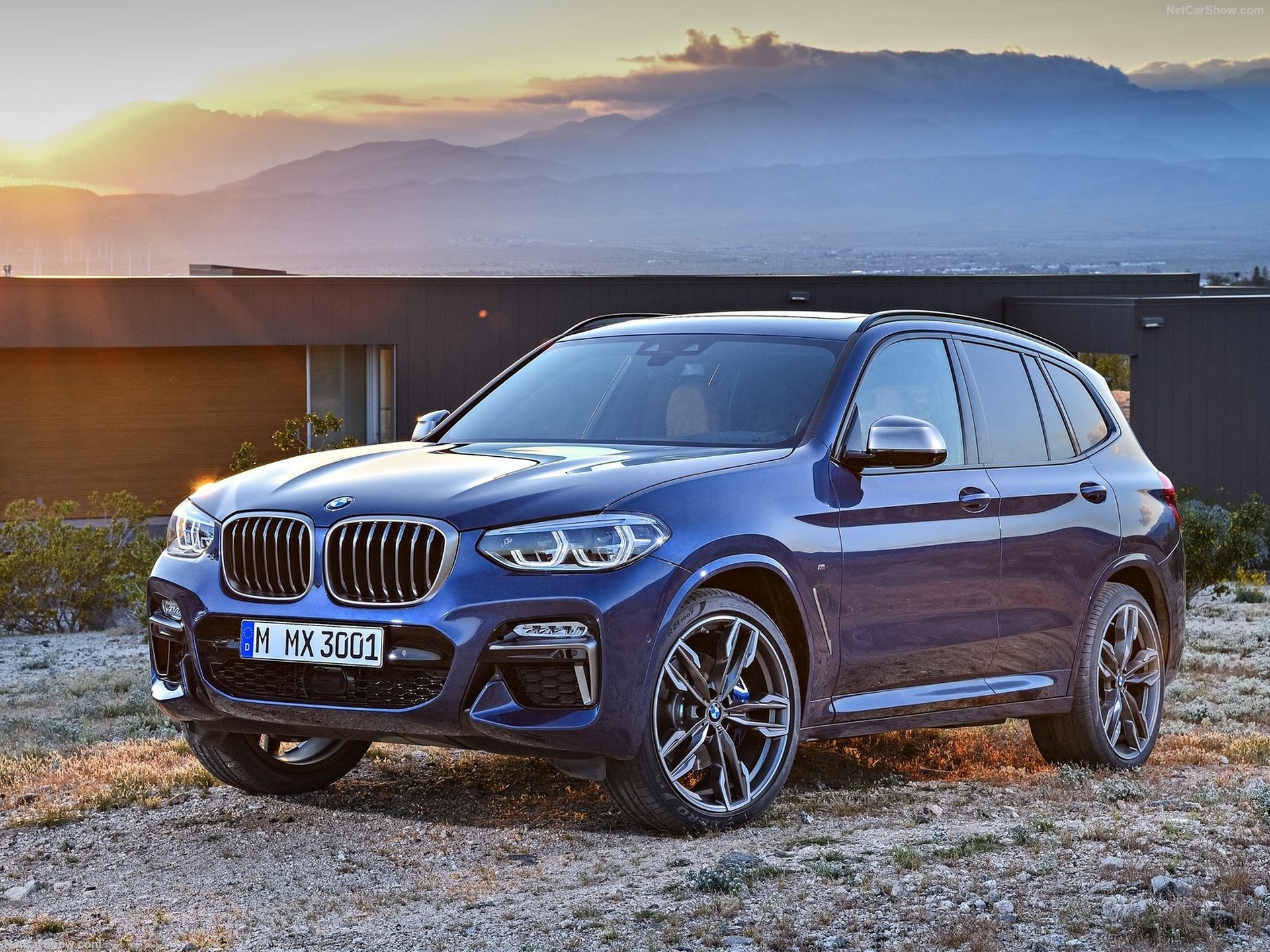
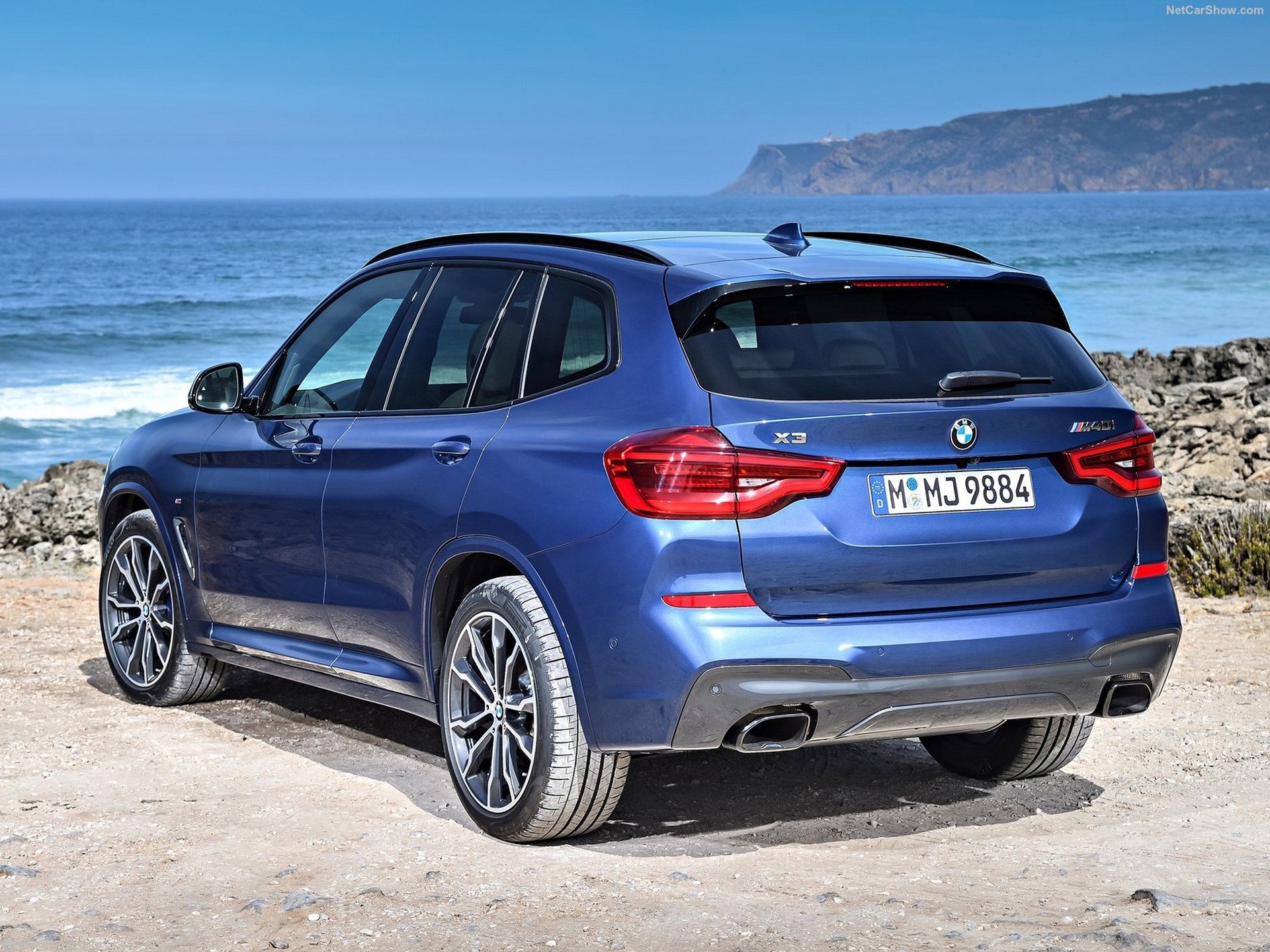
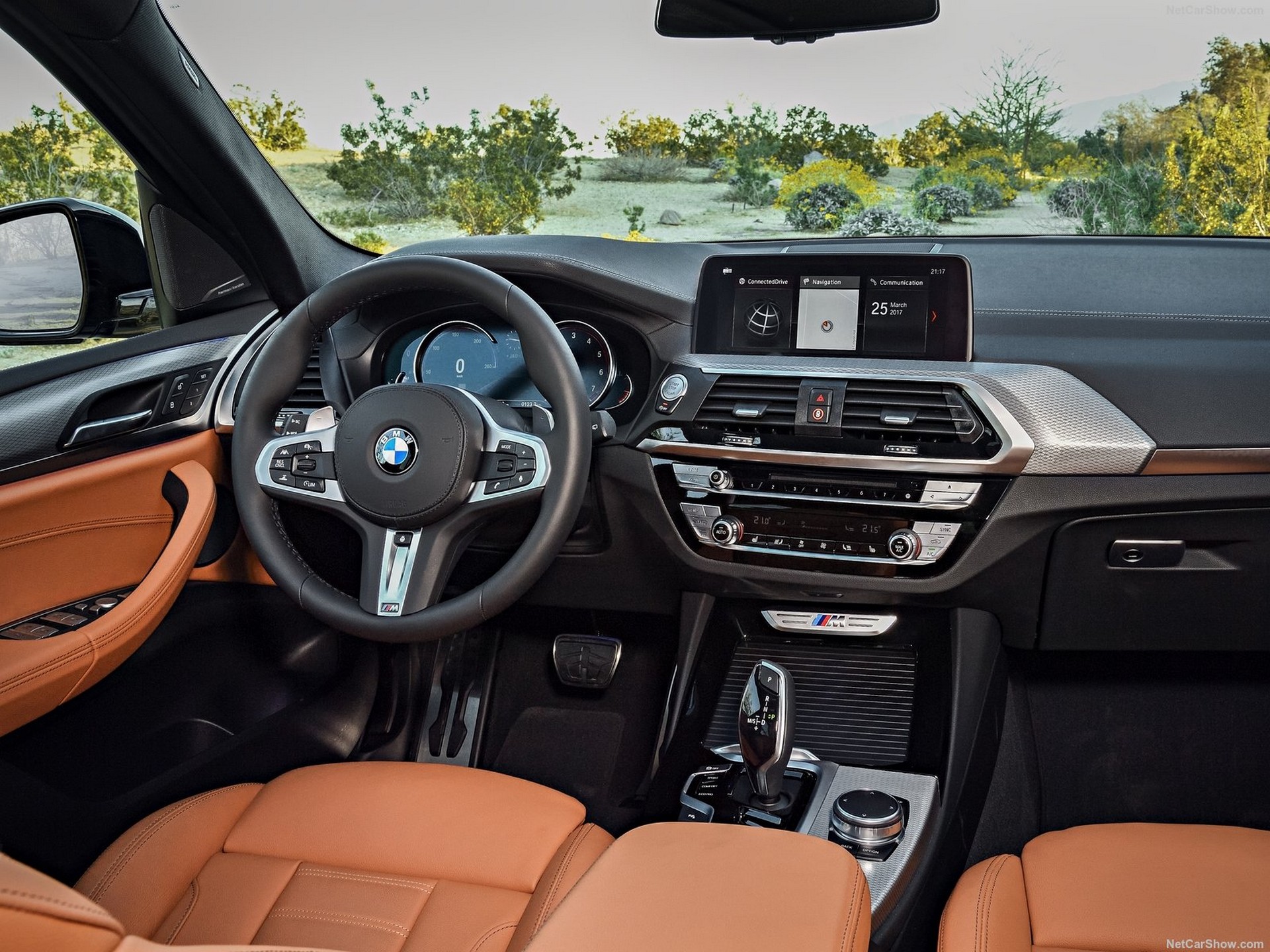
The N54 and N55 are very well-known in today’s car culture for their ability to push performance boundaries, but their lack of reliability has stained their reputation. To rid all BMW engines of major issues and simplify the engineering process, a new series of modular engines, all sharing the same displacement per cylinder (500cc), was created and distributed across the line-up. Near the top is the B58, the latest turbocharged straight-six engine powering, among many models, the X3 M40i. Its Valvetronic system, direct injection, and single twin-scroll supercharger aren’t new to the formula but represent the continued effort to perfect a product.
Depending on the model year, the M40i can have the original B58 or the B58TU, also referred to by their genuine engine codes, the M0 and M1, respectively. They share the same closed deck and forged bottom end, but the updated engine features a cylinder head with an integrated exhaust manifold, a revised turbocharger, improved cooling components and routing, and a single-piece timing chain. Peak horsepower jumps up to 382 hp from 355 hp, but torque remains the same at around 365 lb-ft. In the M40i, that's enough for a 4.5s sprint to 60; ridiculous figures from a 4300lb SAV. However, like any recent turbo BMW, those figures can be improved.
The B58’s use in the current Toyota Supra has meant tuners worldwide have had their hands on BMW’s latest, and the results are superb. A relatively simple ECU remap can push an extra 55-85 horsepower and lb-ft of torque without any supporting modifications. Replacing the OE exhaust components with freer-flowing but still legal parts, thanks to a high-flow catalytic converter, will push gains over 100 horsepower and lb-ft of torque beyond stock. That’s a lot of performance for very little work. However, if that’s not enough, serious fueling, turbocharger, and cooling modifications will get the B58 beyond the 700hp mark without much of a fuss.
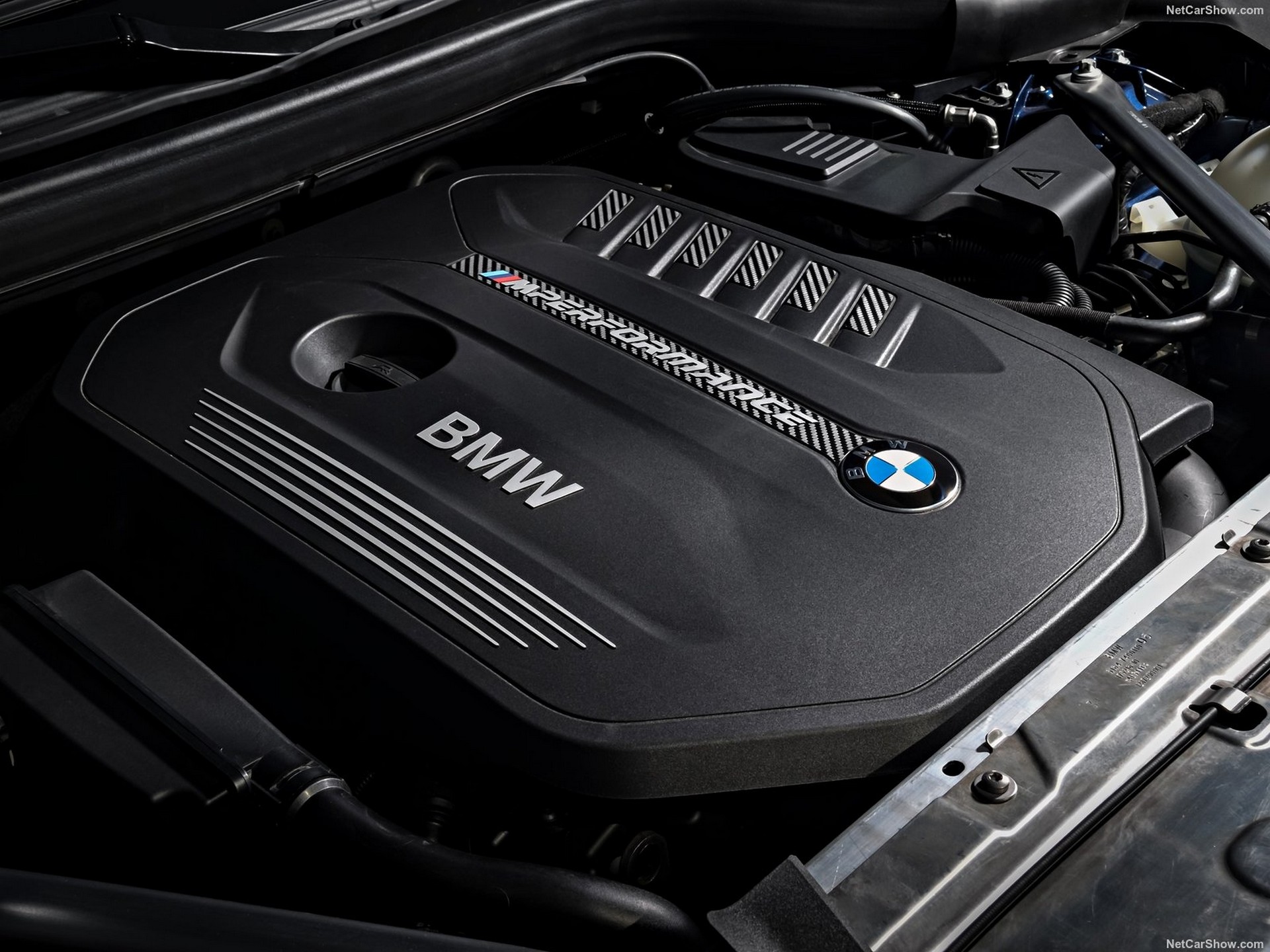
The ZF 8HP will need a little reinforcing at that power production as its factory 700NM torque limit is in the rearview. In this case, a TCU reflash is the best place to start. As with the Audi, the 8HP responds well to BMW’s application, gaining much quicker and firmer shifts, improved launch control abilities, and a higher torque capacity. Rebuilt 8HPs with billet aftermarket components are the next step for those seeking X3 quarter-mile records or anything like that.
Keeping the X3’s sleeper status will be much more complex with a louder exhaust and the performance that comes with it, but finding one in the most subdued spec will go a long way. Even as the brakes use fixed M Performance calipers, they’re not enormous, so a smaller non-M wheel is likely all you need to feign highly-optioned base model status. It may fool some, but the Euro-focused enthusiast will likely know better.
2016-2022 MINI Countryman S ALL4
Stock Power :
- 189hp & 207 lb-ft (E400)
Modified Potential:
- 350-400hp & lb-ft
BMW’s latest series of engines has been their best one yet. As a subsidiary, MINI vehicles have had Bavarian engines for a decade now, and they’ve been far better than the preceding Prince and Tritec units. Three-cylinder and four-cylinder options are available depending on the trim across all MINI models, but the latter should raise eyebrows from the tuning community. The larger MINI engines have a quiet potential for much more horsepower without much of a fuss under the hood, and if you get one stuffed into a big family hauler like the F60-chassis Countryman, no one will expect you to blow their doors off.
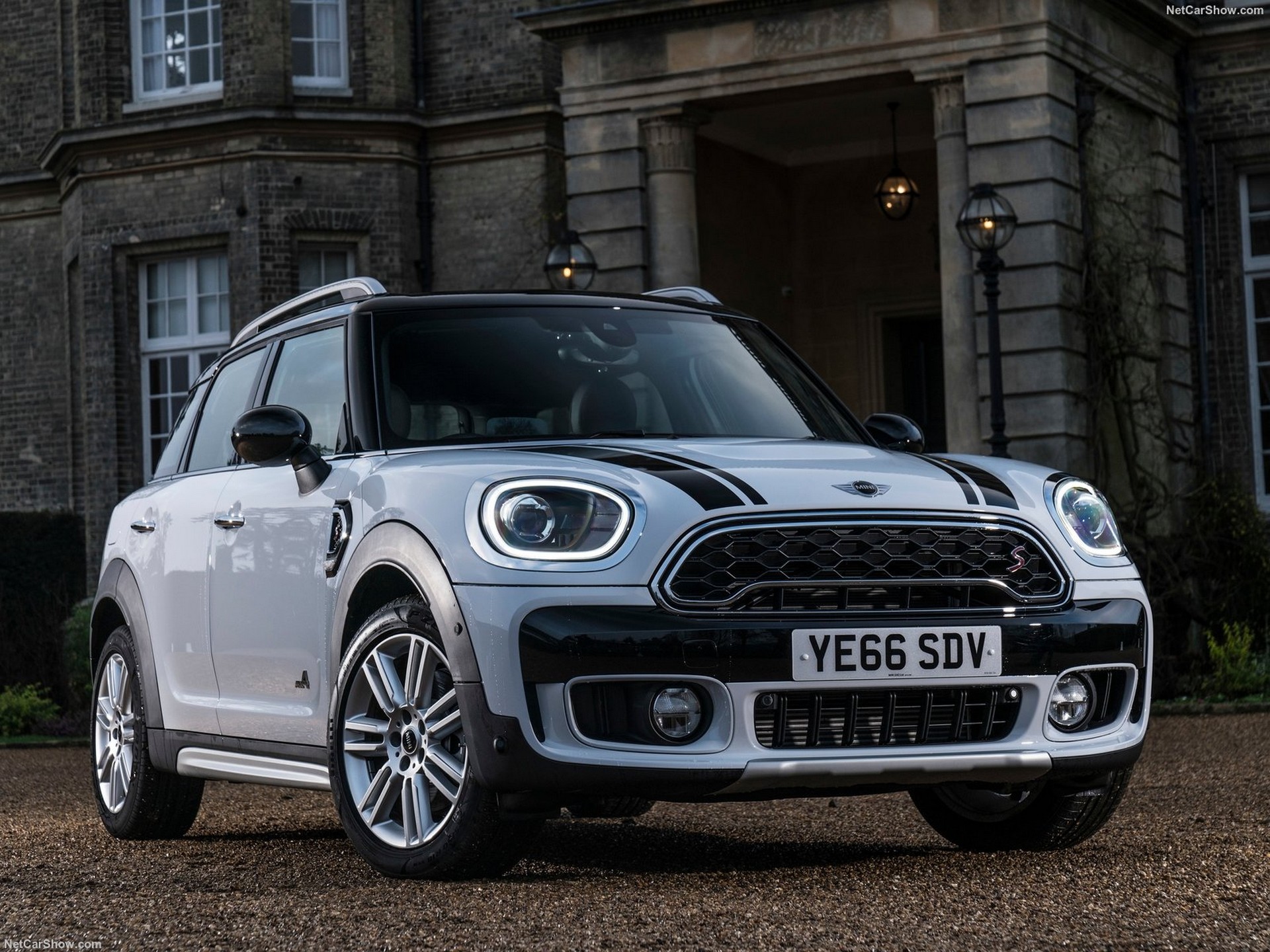
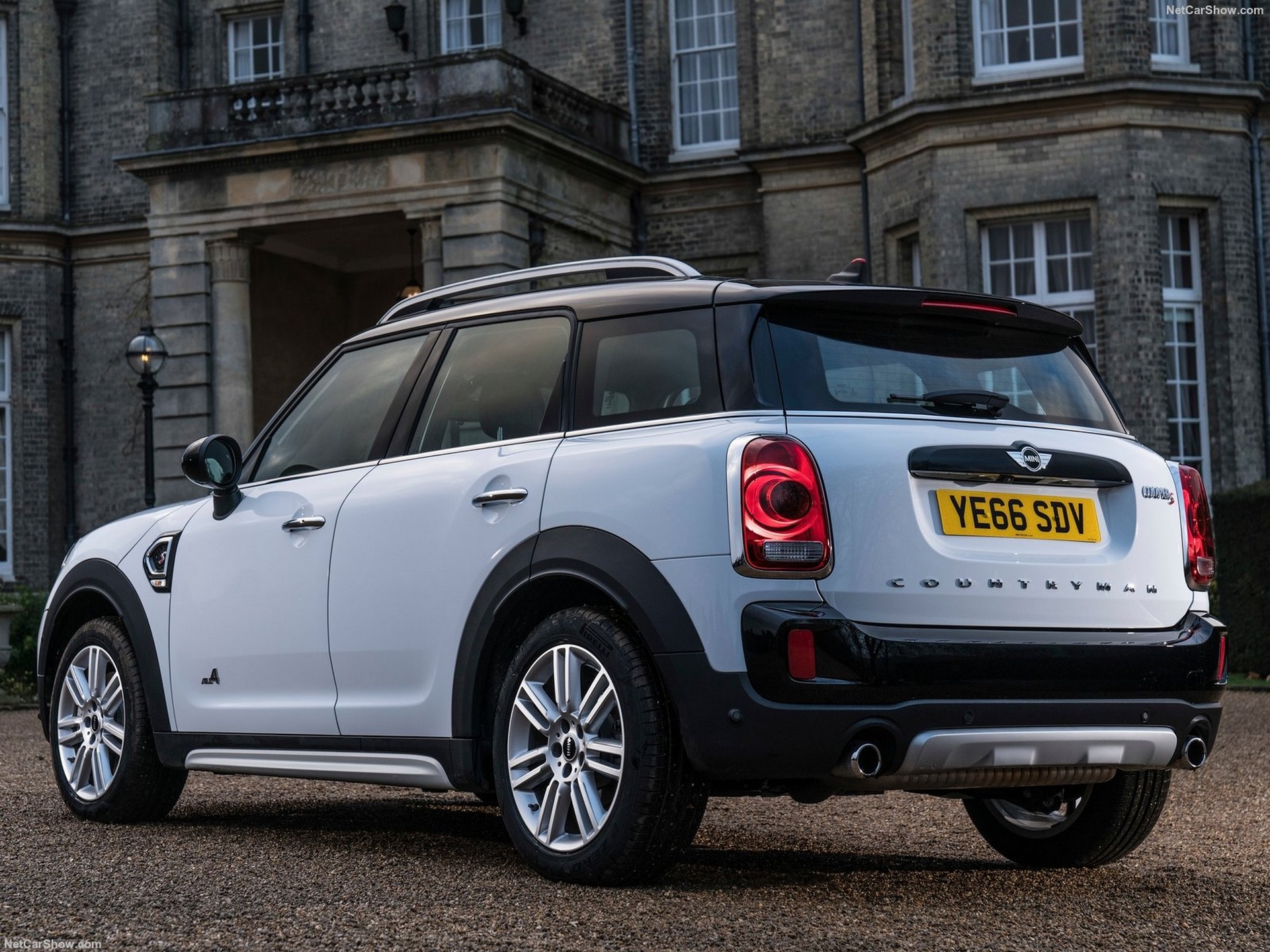
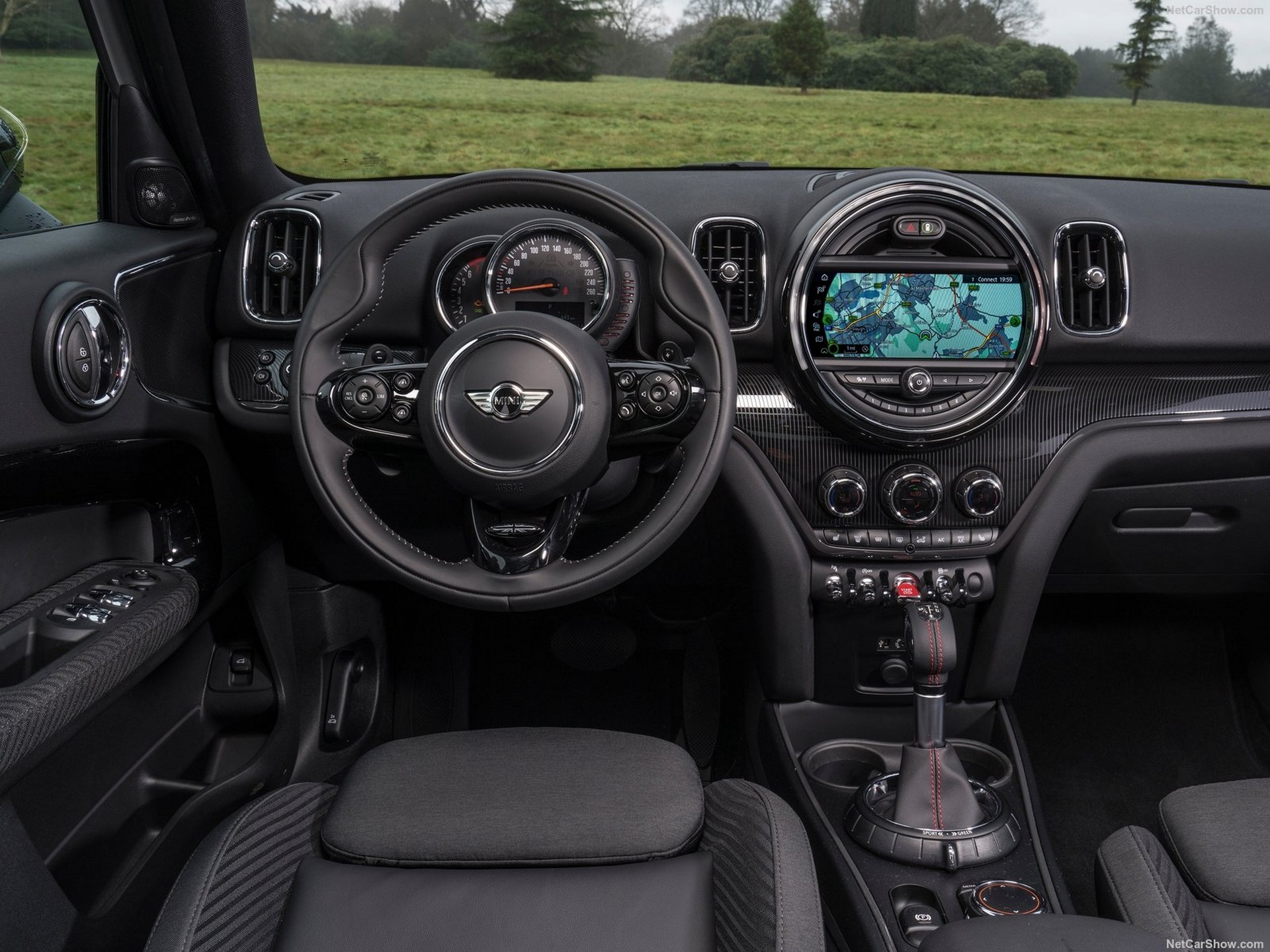
It took a little over a decade for the BMW-designed MINI to feature a Bavarian-designed engine, much to the dismay of many. Preceding Prince and Tritec engines were alright, but as several FCP Euro employees know, they’re certainly limited in their performance. But, starting in 2014, BMW’s modular B48 engine, a turbocharged 2.0L inline-four, became the engine of choice for all S and JCW models. Within a short time, the B48 has proven to be much more suited to pushing power boundaries well beyond factory limits.
As part of the same modular family as the B58, the B48 features a smaller twin-scroll turbocharger, direct injection, and a closed deck block. It’s essentially a down-sized version of the larger engine, and as you might expect, it reacts very similarly to modifications. Replacing the original downpipe with one sporting a high-flow cat and adding a few other small bolt-ons with a tune can push horsepower and torque 50% higher than the stock 189hp and 207 lb-ft of torque. For reference, that’s pushing first-generation Porsche Cayman S figures in one of the most unassuming family CUVs around. If you want to go even further, larger turbochargers, improved fueling, and better intake components can push the MINI over 300 whp. Truly insane figures for a Countryman.

Behind the engine sits an AISIN eight-speed auto closely related to that of the FWD 1-series cars in the UK, and while not as resilient as the ZF, it gets the job done. TCU tunes have been tougher as it’s not a very popular gearbox; smaller 2020+ MINIs with the B48 received a seven-speed DCT that is much more suited to performance. Remember that as you push the Countryman well beyond its factory JCW limits.
Pricing on used MINIs is incredibly approachable, with sub-100,000-mile examples carrying asking prices in the $12,000 range. You’d be hard-pressed to find a similar performance platform bargain for the money.
2013-2016 Audi Q5 3.0TDI
Stock Power :
- 240hp & 406 lb-ft (E400)
Modified Potential:
- 400-450hp & 650lb-ft
VAG’s reputation surrounding diesel in the US has certainly seen better days. The Dieselgate scandal was an international debacle, and the following purge of TDI-badged models from our streets was one for the books. Thankfully, not everyone took the strong money offered during the buyback; instead, they chose to have the proper emissions software present. It saved quirky rarities like the Jetta TDI Cup and allowed the 3.0TDI to soldier on in almost every Audi chassis. In the Q5, the turbodiesel V6 makes a lot of sense for long trips, towing boats, and out-accelerating most gasoline-powered cars on the road.
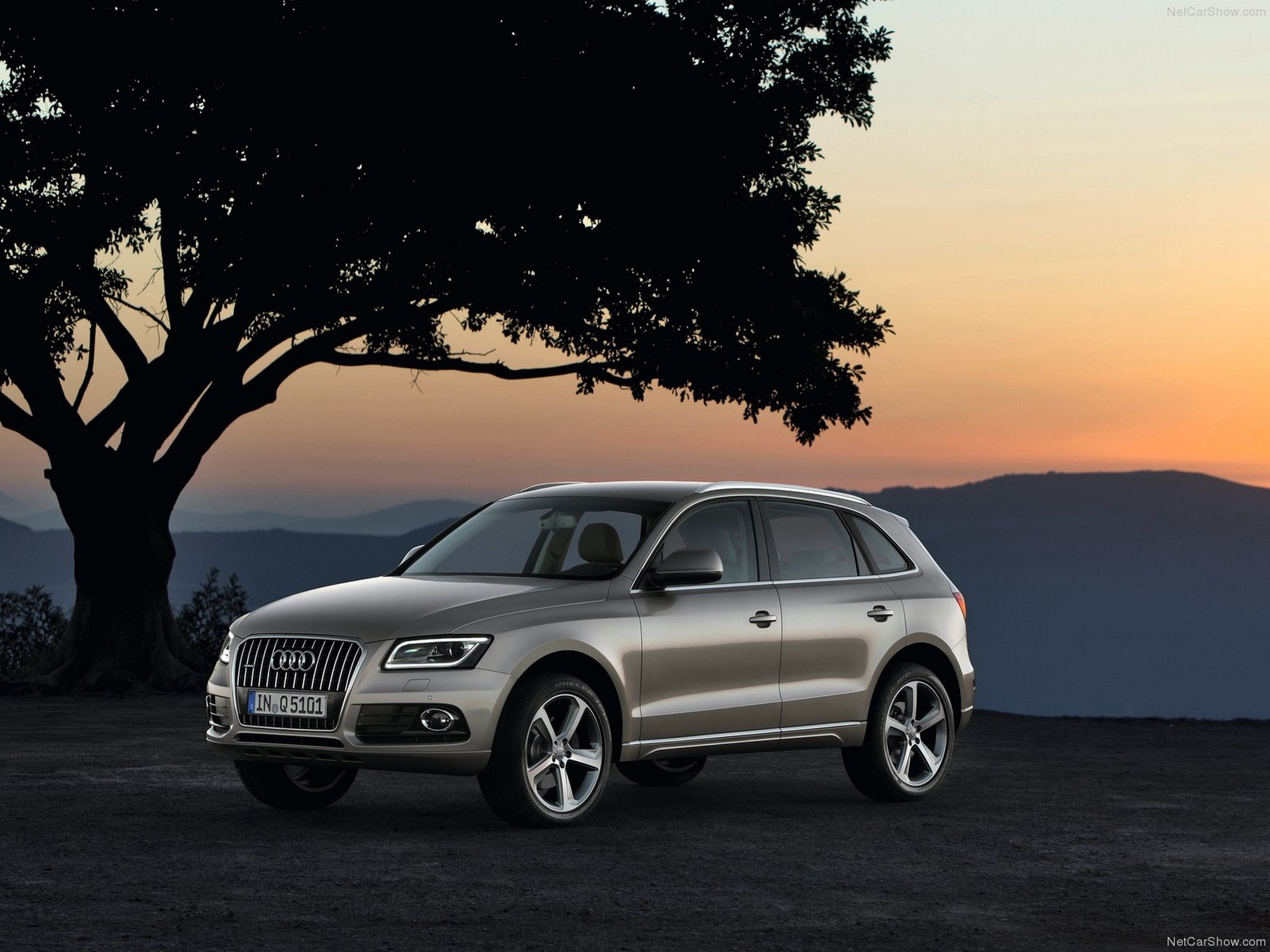
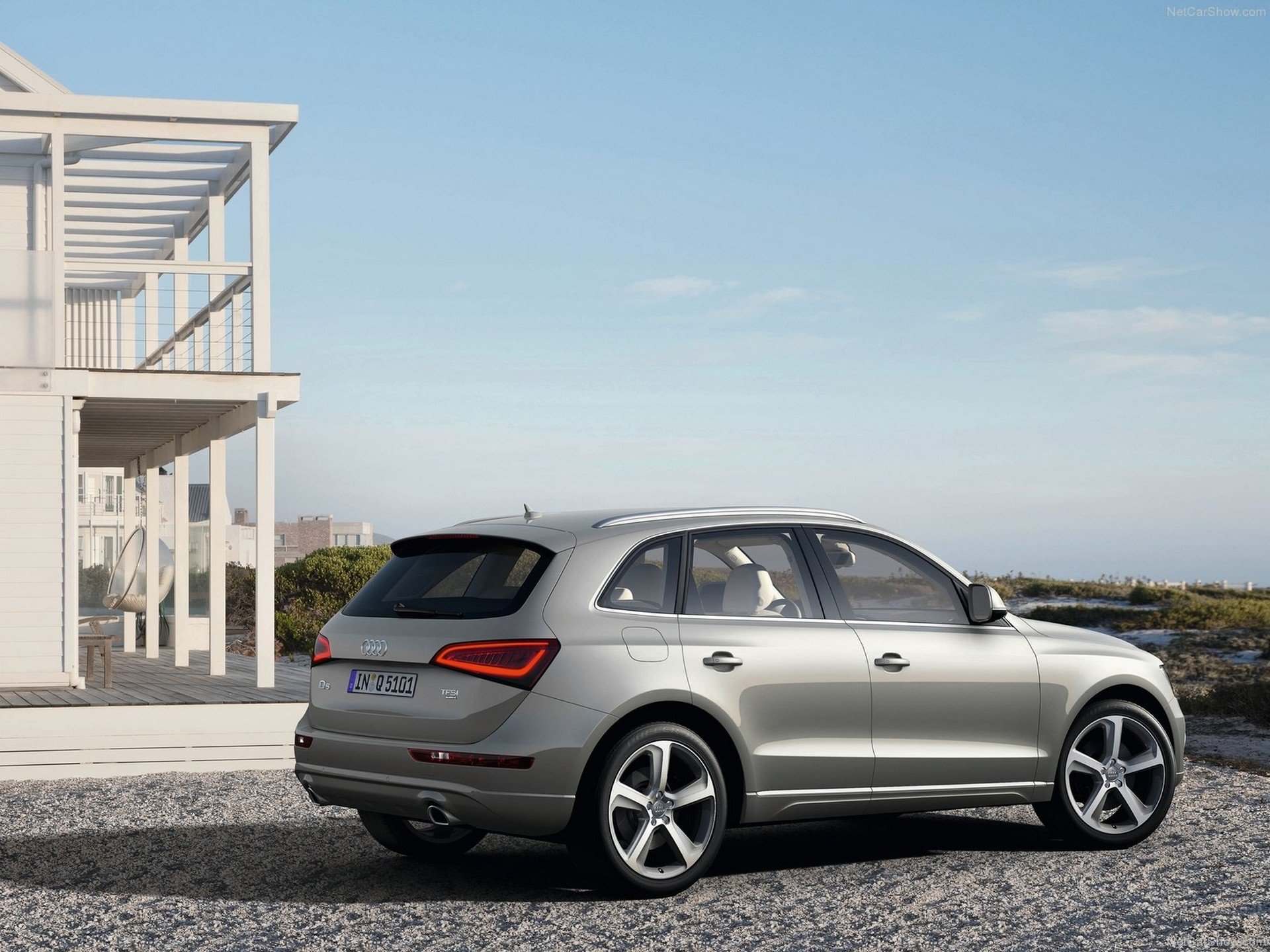
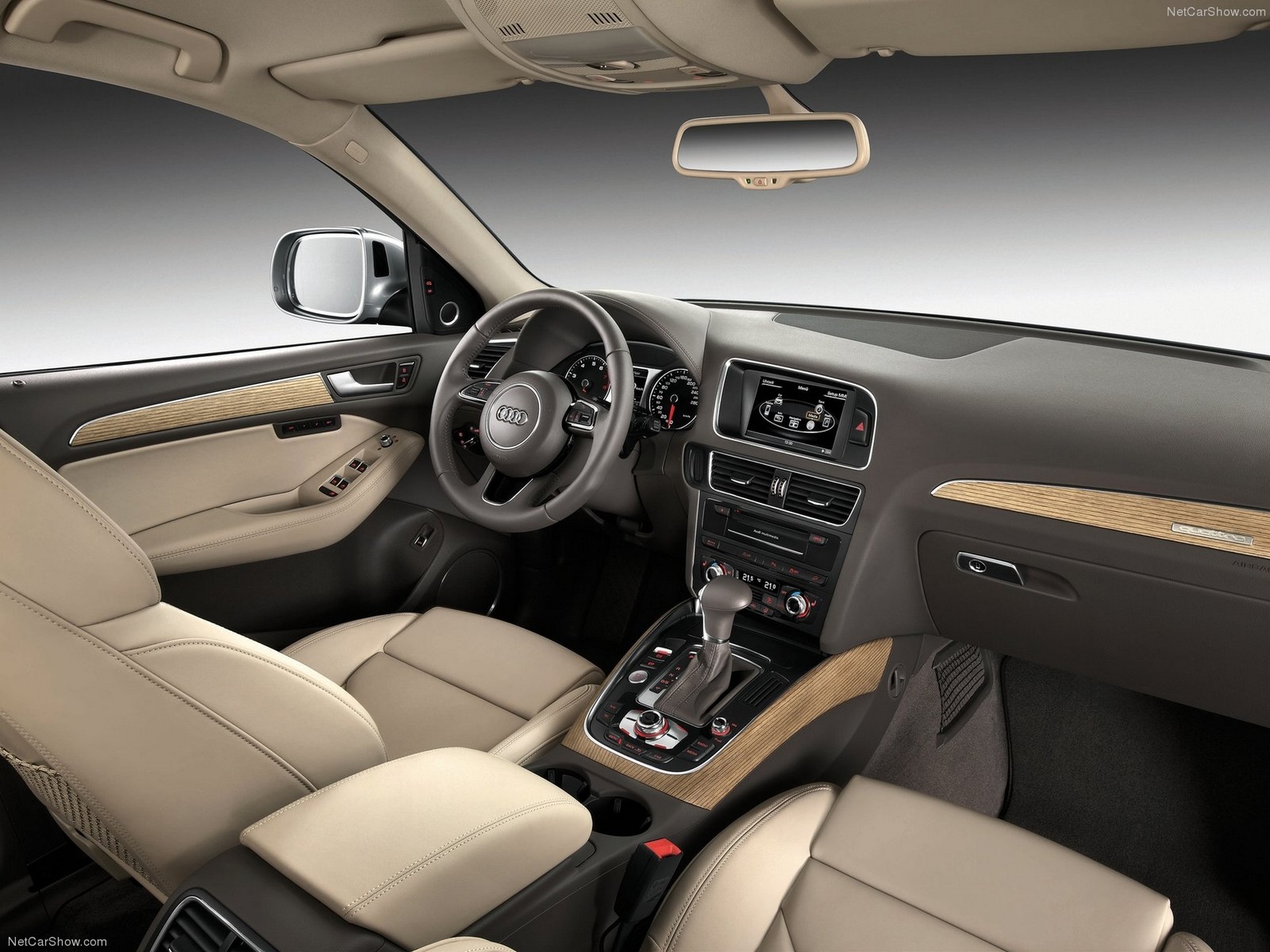
The Q5 is the ideal-sized SUV for most US families, and its job is to be safe and comfortable, not a roll racer. But fitted with the 3.0L TDI V6, it gives the Q5 the potential to be supercar-quick thanks to the turbodiesel's immense strength. Out of the box, the 245 hp and 406 lb-ft of torque aren’t all that impressive, but an ECU reflash can raise the peak outputs to 300/505, respectively, before any other changes. With that comes improved fuel economy and revised control of the various emissions valves, allowing them to stay cleaner and failure-free for longer.
Pushing beyond that requires freeing up the exhaust, improving charge air cooling, and messing with certain exhaust systems to see about a 50 horsepower and lb-ft bump. Replacing the turbocharger is the first step toward hurting feelings as it removes the stock engine’s greatest power restriction. Owners who’ve gone that route, along with the necessary CP4.2 pump upgrade, can seek around 450 hp and well over 600 lb-ft of torque. That’ll rocket the family hauler to 60mph in about four seconds flat.
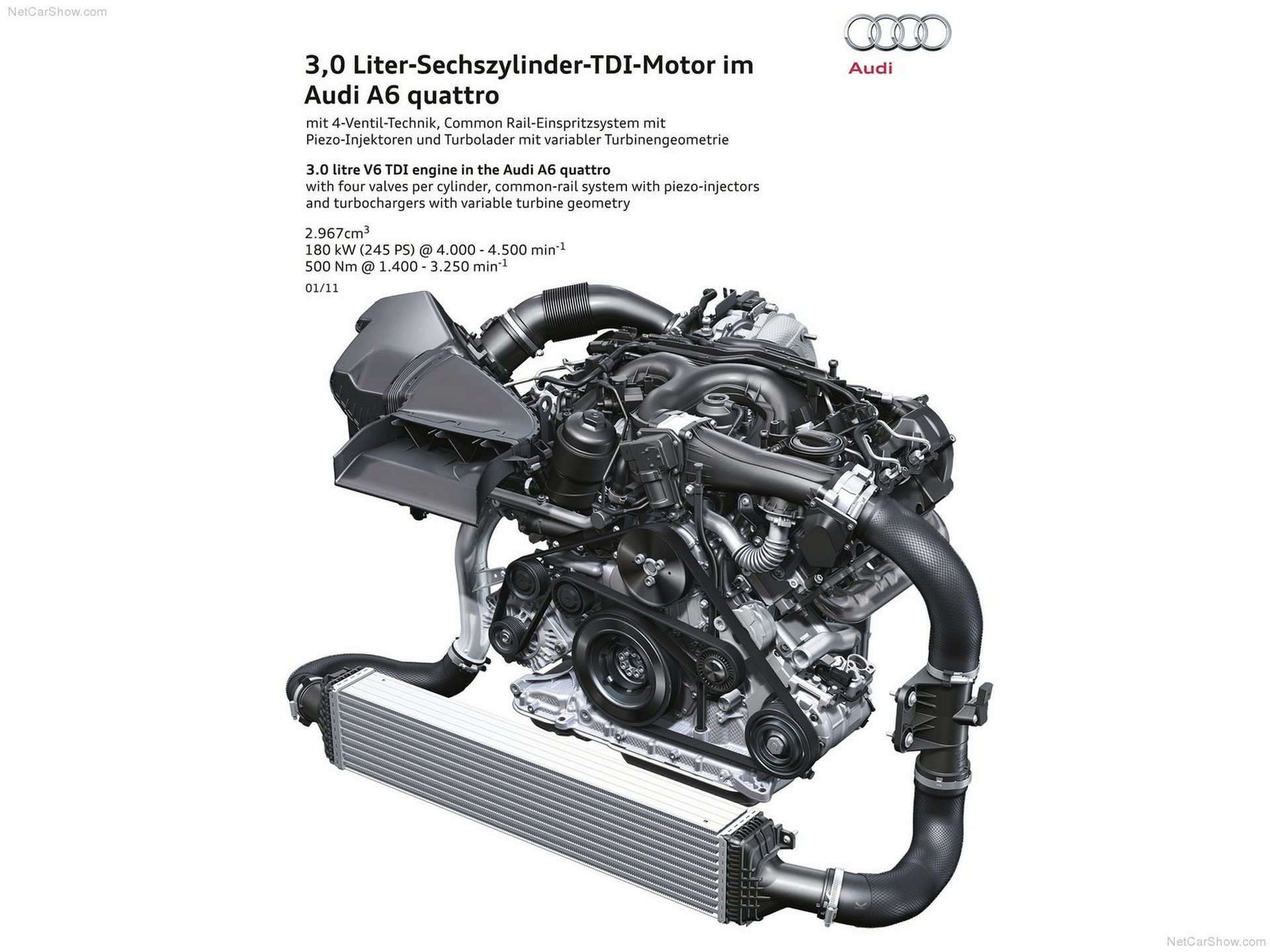
Allowing the Q5 to put all of that immense power down is the familiar ZF 8HP automatic transmission. At this point, there isn’t much else to say about it other than that it’s stout, reliable, and quick. Keep up with the required maintenance with shortened fluid intervals, and it should handle the abuse. At that power level, a set of brakes from an SQ5 or a Porsche Cayenne might be the way to go, too. Pricing for mildly used models sits below $20,000, so plan your budget accordingly.
The opportunities for inexpensive speed are quickly growing, and the evolution of internal combustion engines means these last few will be some of the best. While they all go about making their immense power differently, they can all benefit from precise maintenance and the right fluids. With that in mind, browse our LIQUI MOLY oils and additives on the main site to add the extra protection your engine will need. Then, you can return to the DIY Blog or head to our YouTube channel to check out the rest of our great content!











